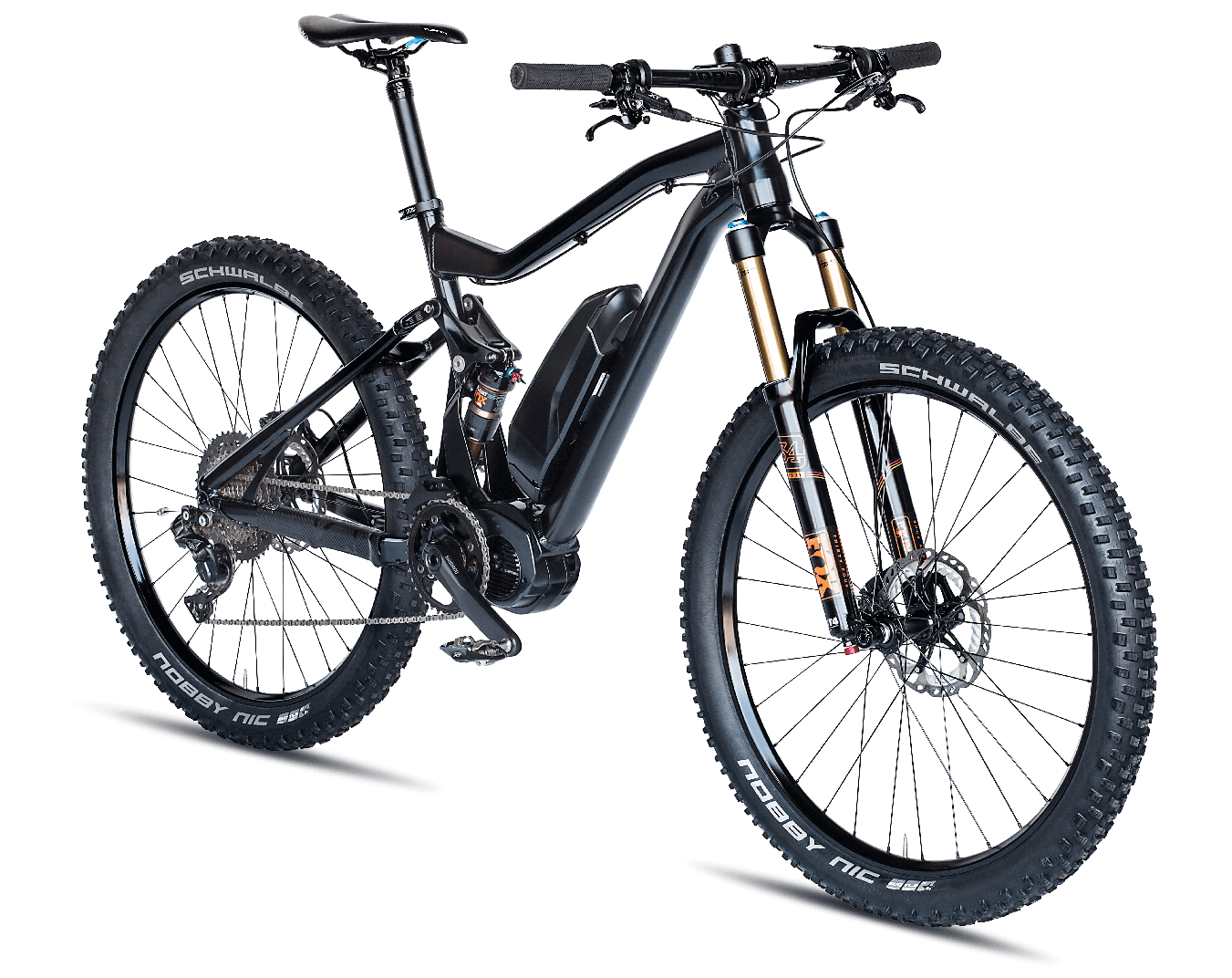What is a pedal assist ebike and what you need to know.
What is a pedal-assist ebike?
In the world of ebikes, there are two basic designs. Pedal assist and throttle.
Throttle style ebikes allow the user to stop pedalling, twist a throttle, and be moved along purely under the power provided by an electric motor. This system is often found on less expensive ebikes or an aftermarket system designed to bolt on to a regular bike. In most municipalities or trail systems that have an ebike policy, this is not considered to be legal.
Pedal Assist ebikes are designed from the ground up to have electric assistance. On these bikes, the rider's power is measured and amplified by the electric motor while the rider is pedalling. Different assistance settings, usually controlled by buttons located beside the grips, allow the rider to work as hard as they'd like (or can) to get up hills or maintain a desired speed. Pedal assist bikes from major brands are speed governed to about 30 km/hr - another feature that can be the difference between an ebike being legal or not for street and pathway use. Three stand-out features of modern pedal assist electric bikes is how seamlessly the power kicks in, how quiet the system is and the incredible distance that is possible.

Watt are the major components to pay attention to?
The value and quality of ebikes can be broken down into 3 major areas: 1)The traditional bike components (derailleur, brakes, forks, wheels, tires, saddle, frame etc), 2)The drive system (motor and controls), 3)The battery.
Bike Components: Ebikes put a lot more strain on drive and braking components and suspension has to work a bit harder too. One of the reasons that really inexpensive ebikes aren't practical is the strain on things like the chain, derailleurs, wheels/spokes, and brakes. Well designed ebikes take these matters into consideration - in some cases using ebike specific parts.
Drive System (motor and controls): Please, avoid chasing cheap prices on Ebikes! There are a number of really good options on the market for ebike motors (Bosch, Shimano, Yamaha, Specialized, Rocky Mountain) are all brands that offer quality and care about their reputation. Some of the other options: yikes! Proven systems allow for troubleshooting where problems can be diagnosed and pinpointed. Those other cheap Chinese things? Problems will be likely, solutions not simple.
Batteries: As some people may have learned from seeing videos, a battery is not a place you want to have unproven technology and bad design. Side effects of poor batteries are bikes that quickly kill the battery, batteries not holding a charge or worst case; batteries that catch fire.
Some things to think about:
Tires: Ebike tires have to support more weight and more strain from acceleration and braking. Because you have a motor helping you along, don't get hung up the lightest/narrowest/fastest rolling tires. Most people choose tires that are a fair bit wider, potentially with more grip on e-bikes compared to traditional uses on the same terrain. As an example of this thinking, someone who's riding would suit a hybrid style analog bike, may very well choose a bike that looks more like a mountain bike (wider tires and rims).
Saddles & Bike Shorts: Your new ebike is going to make it really inviting to spend way more time on it. Don't be surprised if you find yourself shopping for a high quality saddle and cycling shorts after your first few long rides.
Helmet Laws: There is word on the street that new Ebike specific helmet laws are in the works in Alberta. What have we heard: Electric Bike users are treated as motorized users so D.O.T. approved helmets will be mandatory, and unlike analog bicycles, all ages will be required to wear helmets.
Buying Strategy
There are so many categories of e-bikes. From bikes meant for strictly riding on roads, to full-on hardcore full suspension mountain bikes. A common strategy for picking the type of bike, is to go one or two steps more capable than what you would on a non-electric bike. The exception might be if you are certain you will only EVER commute on road/paved paths, or only want a road-bike.
So, for example, if you were thinking a hybrid bike - get a mountain bike.
This strategy is due to 2 things primarily: a)a little extra rolling resistence won't matter if the electric motor and make up for it, and b)people tend to enjoy, and ride their ebikes so much, that they start looking for new places to take them - to experience something new.
Battery Care and Best Practices
Caring for your battery will extend its life and ensure you get the best performance out of the battery.
- Read the owner's manual: there may be some specific tricks, depending on the brand or model to enhance the battery performance, increase safety, extend life.
- Before first use, charge the battery to 100%.
- When transporting the bike by car, remove the battery.
- Keep your battery topped up and ready to ride... as in, remembering right before a ride that you probably used up all your power and that you need to recharge is going to get frustrating.
- Do not leave your battery discharged for extended periods of time.
- Discharge/recharge your battery completely every 3 months or 15 normal charges.
- Charge and store your battery at room temperature. Too hot or too cold is bad for battery life and potentially a safety hazard.
- Long term storage (like when you're off the bike for more than a month in the winter). Ensure your battery is charged to 60% (3 of 5 LED's / or storage function on some smart chargers) at least every 3 months. Remove the battery from the bike and store in a cool/dry environment (not cold!), on a shelf in the basement as a good option.
